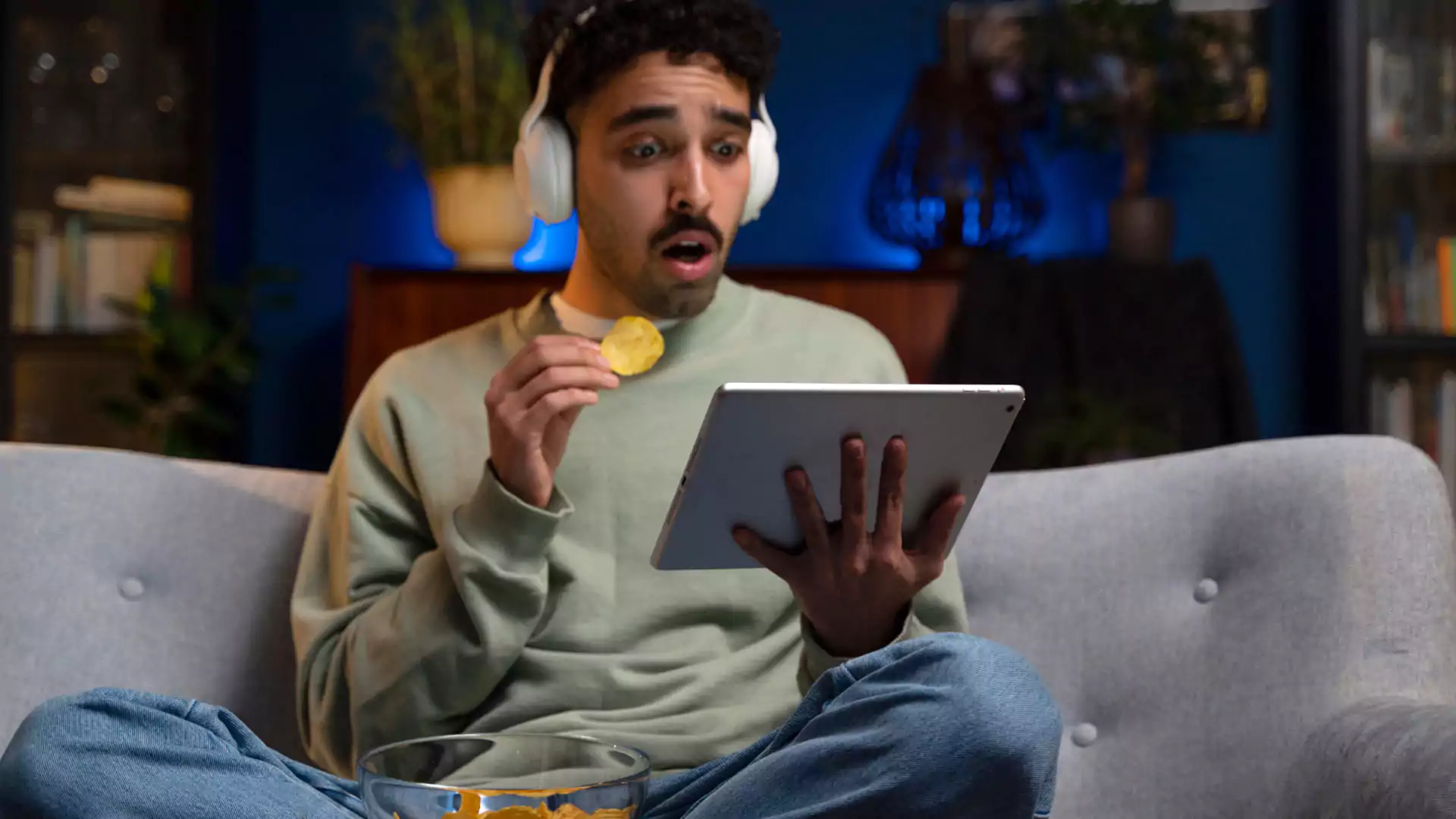Glaring Digital Divide in Education in India - Opportunity for Digital Inclusion
India has world's largest education system with over 250mn1 students enrolled in some 1.5mn2 schools and another 37.4mn3 students enrolled in approximately 50k4 Higher Educational Institutions( HEIs).
Pandemic inflicted lockdown in the country has suspended physical classes in all educational institutions. The suspension of physical classes moved teaching, learning and assessment of students to online mode. This shift from a chalk-talk mode to online mode has bared a big digital divide in India's education system at two levels.
- 1.Continuity of learning of students in urban versus those in rural areas.
- 2.b) Digital readiness of govt versus private educational institutions.
Let me draw your attention to the first point above , the access to quality education at k-12 and at higher education level in rural India has been a known challenge for many years. Now, with learning moving to an online mode , this challenge has further intensified for students in the rural areas due to poor access to electricity, smartphone, computers and internet.
Let me share some statistics to highlight the extent of this digital divide. As per a recent survey report by National Statistics Office ( NSO), titled " Household Social Consumption on Education", only 4%5 of rural population has access to computers as against 23%6 of Urban population of students above 5 years of age.
The survey highlights that only 15%7 of rural households have access to internet as against 42%8 of urban households.
This huge divide is not just limited to the access but is also applicable in the use of technology as well. In rural households only 10% of students are able to operate computers against 32.4% of students in urban households. With 68%9 of India's population living in rural areas these stark gaps in access and the ability to use technology for learning will have profound effects on the development of students from these areas and will impact nation's development too.
Now let's talk about the 2nd point , the gap in the digital readiness of pvt versus govt institutions. Many private educational institutions were quick and agile in making the transition from physical to online learning mode. We have seen this happening in K-12 segment as well as in the higher education field. While on the other side majority of government educational institutes are struggling to make this transition with the exception of some top institutes like IITs, NITs, IIMs and some of the central universities. Some of the challenges faced by these institutes are lack of digitized content, lack of training to their teachers/faculty in use of virtual teaching and assessing tools and poor or no investment in technology.
The continuity of learning for those enrolled in government schools and higher education institutes especially in the rural areas is a big concern till the time schools and colleges remain shut.
How do we bridge this digital divide?
Before I answer this question, let me draw your attention to one of the most commonly used term " financial inclusion" and define what it means. Financial inclusion is defined as the process of ensuring access to financial services and timely and adequate credit whenever needed by vulnerable group such as weaker section, low income group at an affordable cost.(by Rangarajan, 2008).
Govt initiated "National mission for financial inclusion" through Pradhan Mantri Jan Dhan Yojana (PMJDY) in August, 2014 to provide universal banking services for every unbanked household, based on the guiding principles of banking the unbanked, securing the unsecured, funding the unfunded and serving unserved and underserved areas.
Now let's borrow the above definition and replace the word "financial" with "digital". The answer to our question lies in "digital inclusion". Now is the time to initiate "National mission for digital inclusion" with an aim to provide access , availability , ownership and affordability of digital device (smartphone/tablet/computers) and internet service to all especially the students from vulnerable sections of the society from rural and urban India.
The launch of National Broadband Mission with an aim to provide broadband to all villages in India by 2022 is a welcome step towards digital inclusion but the need is to ensure last mile connectivity and ownership of digital device for accessing the content.
References
- Private sector contribution to K-12 education in India -Report by EY
- Private sector contribution to K-12 education in India -Report by EY
- AISHE report 17-18
- AISHE report 17-18
- NSO-Key indicators report of " household social consumption on education".
- NSO-Key indicators report of " household social consumption on education".
- NSO-Key indicators report of " household social consumption on education".
- NSO-Key indicators report of " household social consumption on education".
- Census 2011.
Comments
Join Our Community and Shape Your Future




